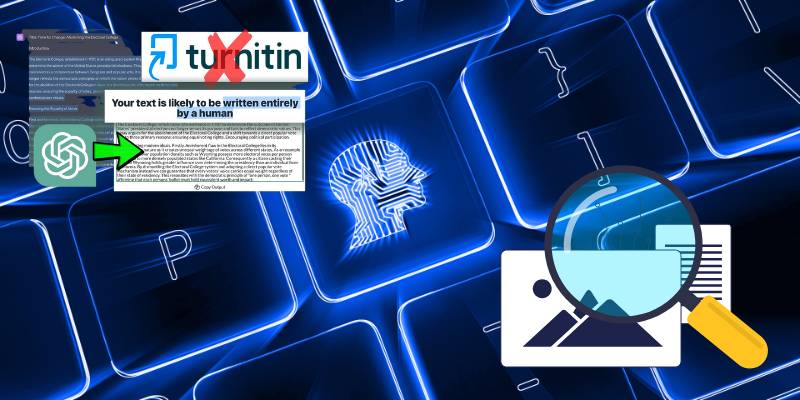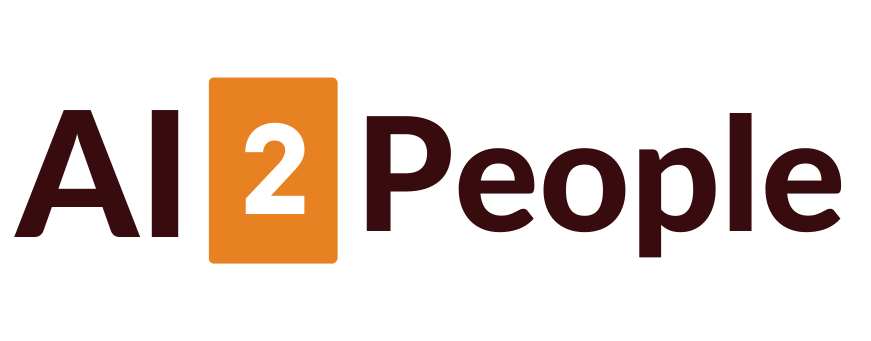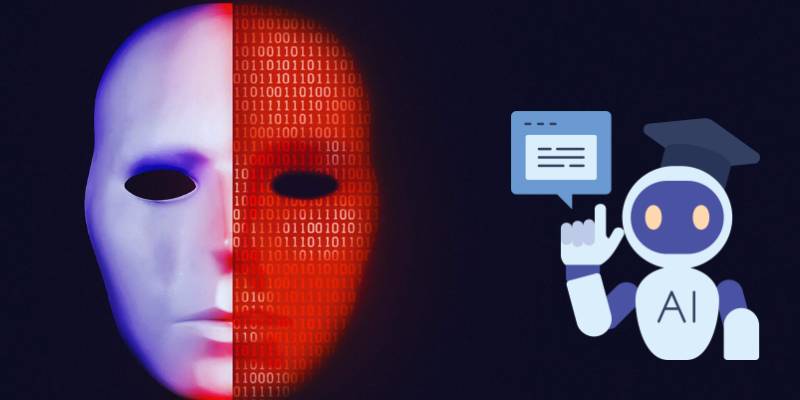
Turnitin’s AI Bypasser Detector: New Sledgehammer or Continuing Mistrust?
Turnitin has rolled out its AI bypasser detection feature, designed to flag writing that’s been “humanized”—artificial intelligence-generated text tweaked to elude traditional detection.
While the intent is to safeguard academic integrity, the response from educators has been as varied as a mixed-essay prompt. Some see promise; others worry it’s imperfect, opaque, and moves the needle more on suspicion than truth.
What’s New in Turnitin AI Tools
Turnitin’s latest update builds on its existing AI-writing detection capabilities by adding a shield against “bypasser” tools—apps that reword AI-generated text to look more human.
Now, when an educator runs a paper through Turnitin, the system checks not only for AI-generated patterns, but also for signs of deliberate “humanization.” No extra software or plugins required.
Chief Product Officer Annie Chechitelli frames it bluntly: while cheating has always existed, “humanizers” represent a disturbing new ecosystem of tools ready to tip the integrity scales—and Turnitin is raising the bat to meet it.
Pushback from the Field
Some academics are biting for transparency and proof. On LinkedIn, Dr. Mark A. Bassett from Charles Sturt University pushed for full disclosure of Turnitin’s algorithms and testing data—demanding verifiable signals, benchmark datasets, and open-test results before supporting the tool.
Meanwhile, a university professor sourced a video test showing wildly inconsistent results: GPT Human trips the detector at 31%, StealthGPT at 72%, Groby at 67%, while Refrazy and Easy Essay almost stayed invisible. Even with promising percentage hits, the lack of detailed flagging confuses more than it helps.
Academic Integrity Under Strain
The backdrop to this tech rollout is grim. In Australia, academics warn of one cohort graduating with AI-written essays, prompting universities to mandate 50% of assessments to be proctored or face-to-face by 2028.
Parallel concerns are echoing in Scotland, where cases of AI-related plagiarism nearly doubled, yet teachers remain skeptical of detection tools’ reliability.
This broader tension underscores why Turnitin’s bypasser detection is being met with both applause for intention and skepticism for execution.
Does the New Tool Solve the Problem?
Truth is no. This update alone won’t end the cat-and-mouse game between AI innovation and detection. Experts point to wider systemic issues: linguistic bias, false positives, and a general over-reliance on black-box algorithms in high-stakes academic decisions.
Projects like Turnitin’s bypasser detector may help nudge less savvy students back toward honest work—but they’re not silver bullets. What’s sorely needed is broader pedagogy reform, educator training, and evidence-based oversight.
Final Thoughts
Turnitin’s AI bypasser detection is a necessary step in the arms race against academic dishonesty, but trust isn’t earned through tech alone.
As the AI-writing landscape evolves, integrity will lean more on community standards, transparency, and fair evaluation—not just software. Schools and educators must treat these tools as indicators, not verdict-givers.




















